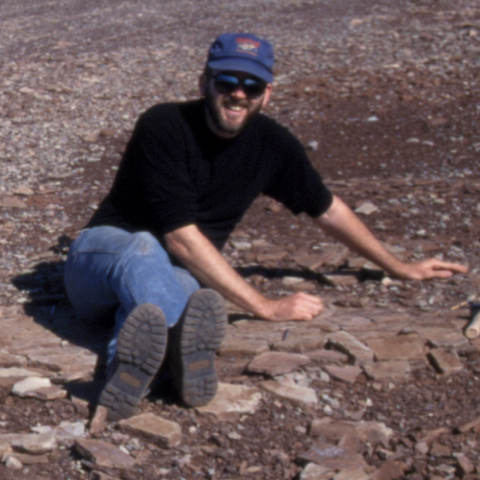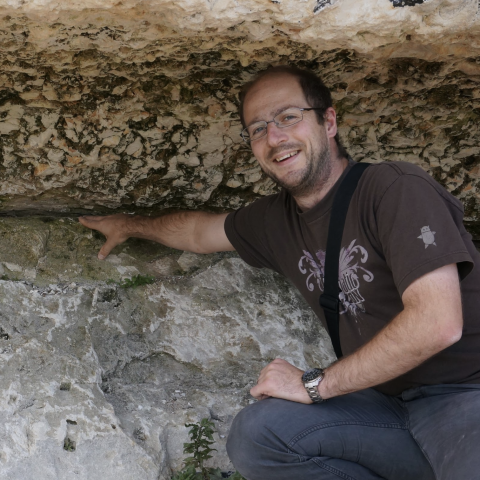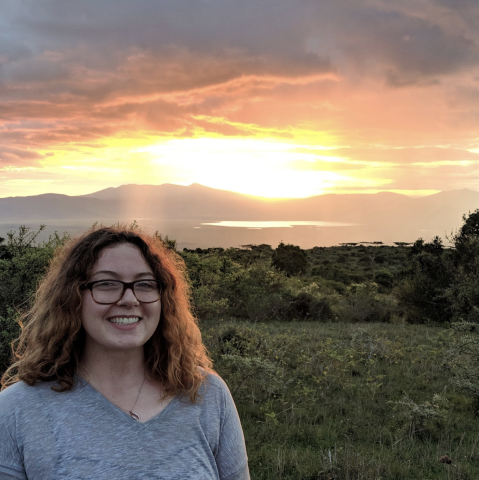How Are Dinosaur Tracks Formed?
The Beneski Museum of Natural History houses the most extensive collection of fossil dinosaur tracks in the world. Specimens on exhibit and in storage show a vast array of track morphologies (shapes). Such diversity led 19th and 20th century researchers to name dozens of track types and to speculate about the many different creatures that might have made them.
Research on the tracks continues today. A team of three paleontologists (Stephen Gatesy, Peter Falkingham, and Morgan Turner) is investigating the fundamental origins of track morphology. They study the complex foot-substrate interactions during track formation, as well as factors giving rise to morphological variation.
Learn How Scientists Study Trackmaking
Here you’ll find short videos describing the team’s research using various methods—some simple, some very high-tech—to study both living birds and Beneski fossils. The investigators’ insights and animations provide a more dynamic perspective on the track-making process, thereby breathing life into these amazing relics from Earth’s distant past.




